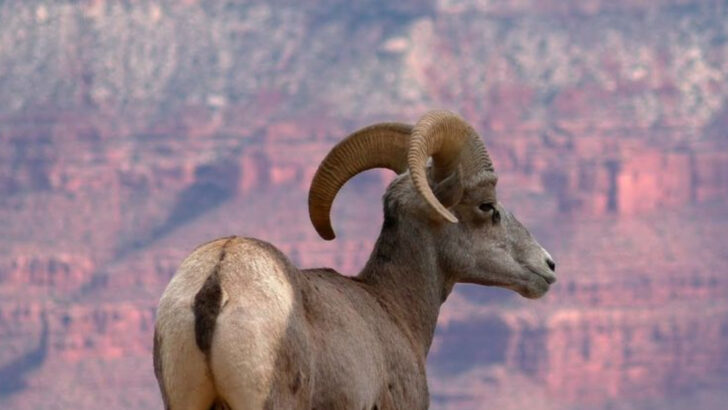The deserts of Arizona are a brutal battleground, yet they are home to some of the most extraordinary creatures on the planet. These animals have cracked the code of survival in a world where water is scarce, temperatures scorch, and food is hard to find.
From the swift roadrunner darting across the sunbaked earth to the elusive kit fox slipping through the shadows, each species is a testament to nature’s fierce determination. They’ve adapted in mind-blowing ways, turning the desert into a thriving, living ecosystem.
Ready to be amazed? These 21 remarkable creatures aren’t just surviving—they’re conquering. Join us as we uncover the secrets behind their incredible survival tactics and discover how they keep this wild desert alive with energy and wonder.
Greater Roadrunner
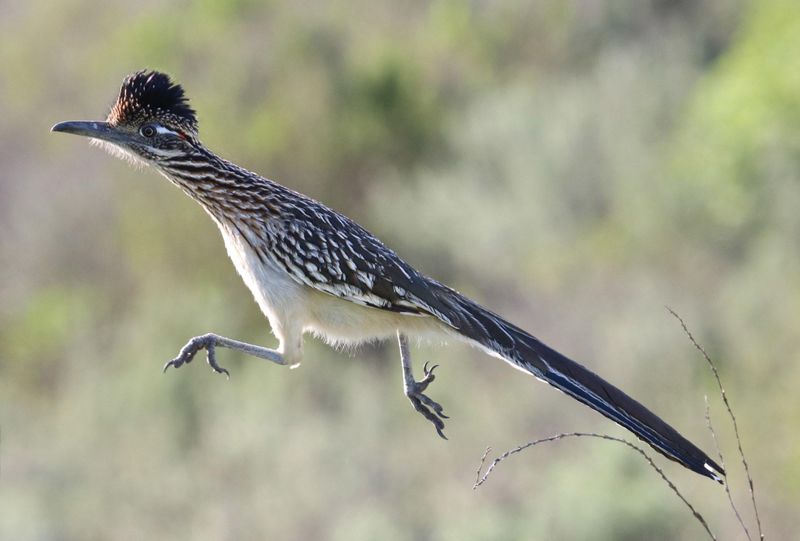
The Greater Roadrunner is an iconic symbol of the American Southwest, known for its incredible speed and agility. These birds are adept hunters, preying on insects, small mammals, and even snakes.
They use their strong legs to outrun predators and can fly short distances when necessary. Roadrunners are often seen darting across desert roads or perched on cacti, their long tails and expressive crests making them a distinctive presence.
With their adaptability and resourcefulness, roadrunners thrive in the harsh desert environment, embodying the spirit of the wild Southwest.
Desert Tortoise
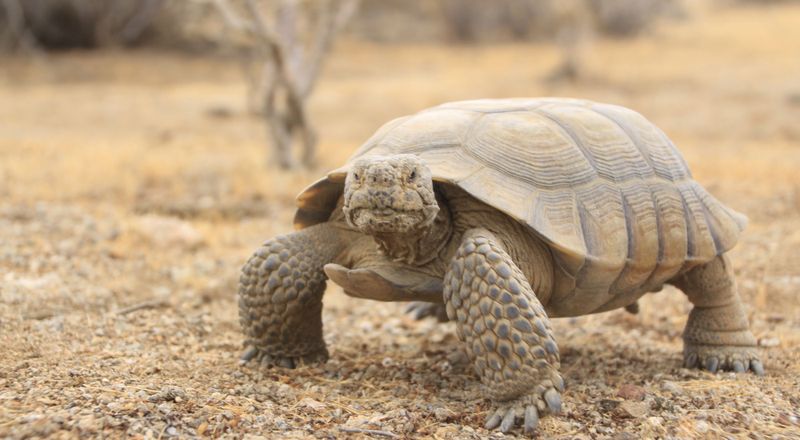
The Desert Tortoise is a master of survival, spending up to 95% of its life in burrows to escape the desert heat. These tortoises can live up to 80 years, making them one of the longest-living desert creatures.
They have adapted to store water and minimize loss, allowing them to thrive in arid conditions. Their diet mainly consists of wildflowers and grasses, which they forage during cooler periods.
With their sturdy shells and slow, deliberate movements, Desert Tortoises are a testament to the resilience and adaptability required to survive in the harsh desert climate.
Cactus Wren
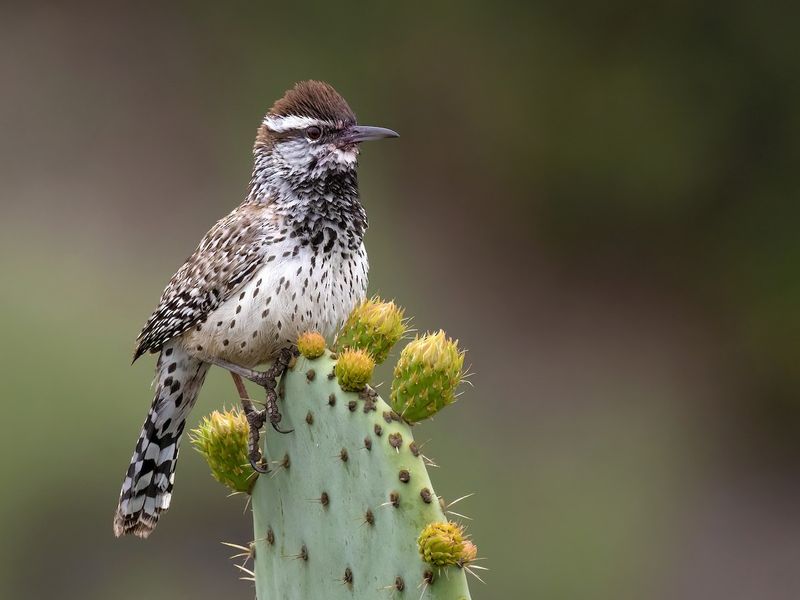
Cactus Wrens are the largest wrens in North America, easily recognized by their bold, spotted plumage and loud calls. These birds build their nests in the protective arms of cacti, particularly saguaros, to shield their young from predators.
They feed on insects and fruits, using their long, curved bills to probe crevices. Cactus Wrens are known for their inquisitive nature, often seen exploring every nook and cranny in search of food.
Their adaptability and resourcefulness make them a successful species in the challenging desert environment, adding life and sound to the arid landscape.
Gila Monster
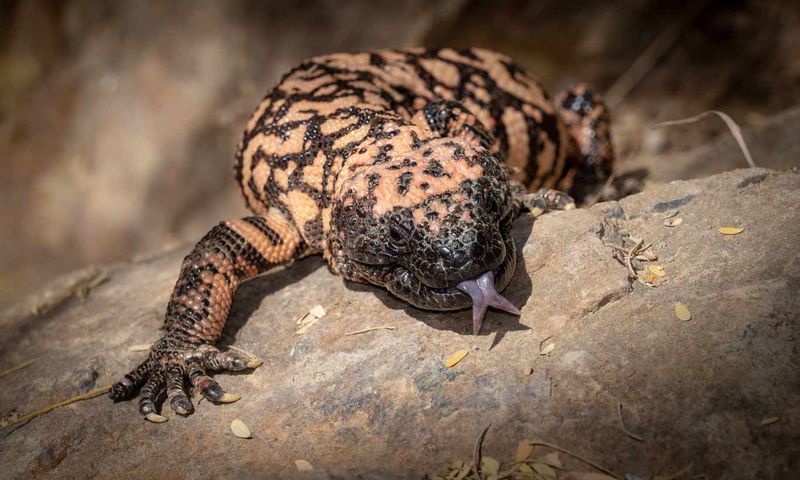
The Gila Monster is one of only two venomous lizards in the world, native to the deserts of Arizona. Despite their fearsome reputation, these slow-moving reptiles are not aggressive and rarely pose a threat to humans.
They store fat in their tails, which sustains them during food shortages. Gila Monsters feed primarily on eggs and small mammals, using their venom to subdue prey. With their striking black and orange coloration, these lizards are unmistakable.
Their ability to survive in harsh environments with limited resources is a testament to their evolutionary success.
Kit Fox
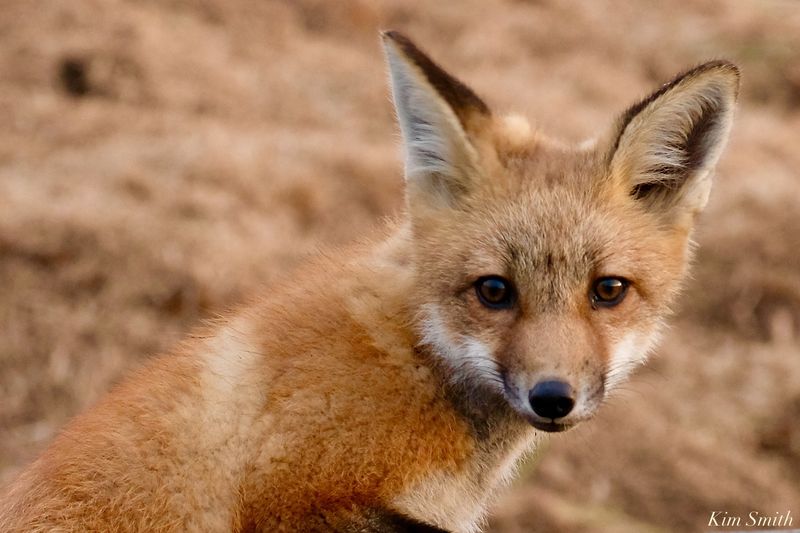
Adapted to the desert, the Kit Fox is known for its large ears and slender frame, which help dissipate heat. These nocturnal animals hunt at night, preying on rodents and insects. Kit Foxes are highly social, often seen in family groups.
Their dens, located in sandy soil, provide refuge from predators and extreme temperatures. With a keen sense of hearing, they can detect prey underground.
The Kit Fox’s adaptability and social nature make it a fascinating part of the desert ecosystem, showcasing the intricate balance of life in arid environments.
Western Diamondback Rattlesnake
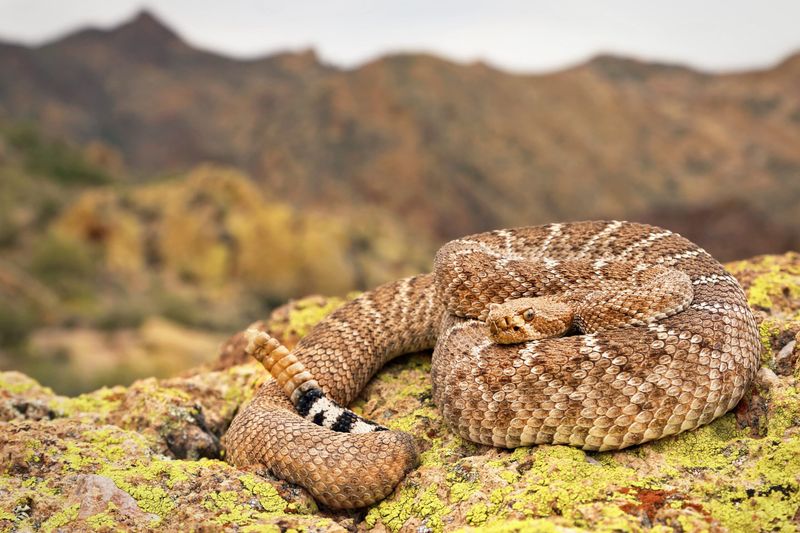
The Western Diamondback Rattlesnake is one of the most recognizable snakes in North America, known for its distinctive rattle and diamond-shaped pattern.
These snakes play a critical role in controlling rodent populations, which helps maintain ecological balance. When threatened, they give a warning rattle before striking. Though venomous, they are not aggressive and avoid human encounters.
Diamondbacks are expert hunters, using heat-sensing pits to locate prey. Their presence in the desert is a reminder of the complex interactions within natural ecosystems, where each species plays a vital role in maintaining balance.
Antelope Jackrabbit
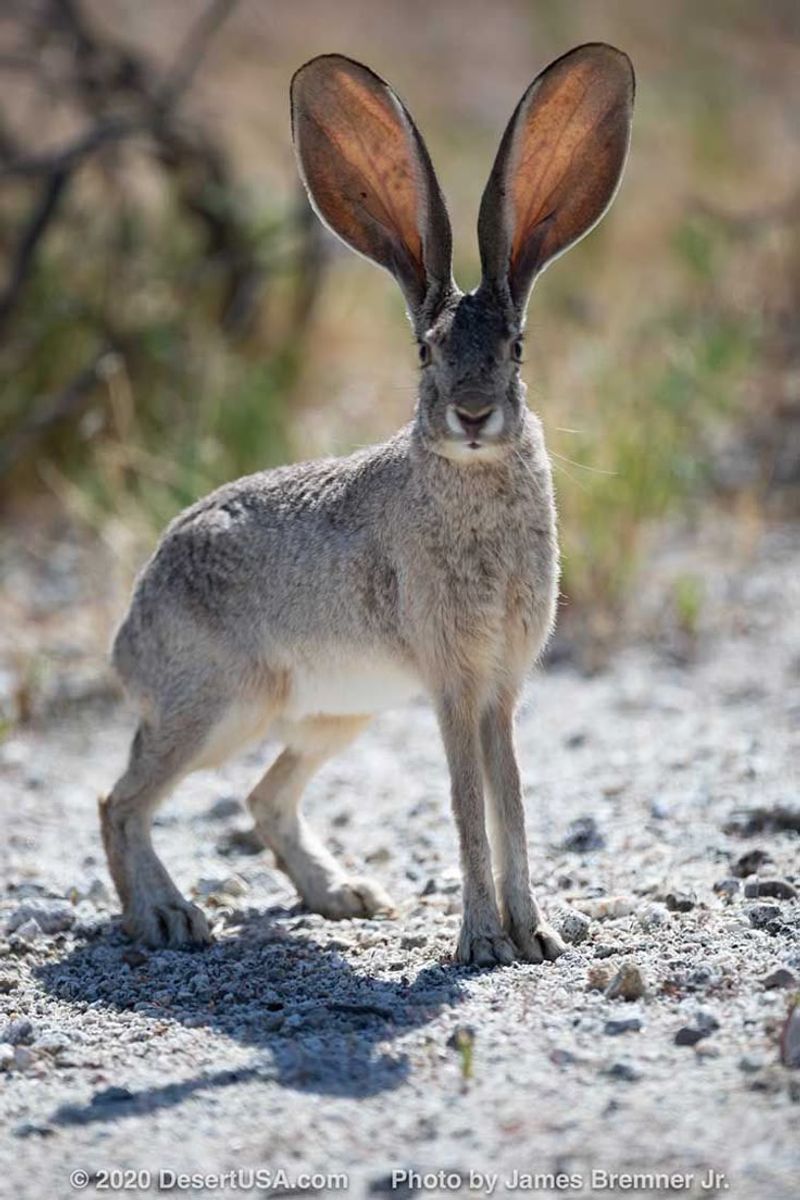
The Antelope Jackrabbit is a remarkable desert dweller, equipped with long ears that help regulate body temperature. These hares are among the largest in North America, known for their powerful hind legs that allow them to leap great distances to escape predators.
They are primarily active during the cooler parts of the day, feeding on grasses and shrubs. Their keen eyesight and speed make them elusive and challenging to capture.
The Antelope Jackrabbit’s adaptations illustrate the incredible ways animals have evolved to survive and thrive in the unforgiving desert landscape.
Harris’s Hawk
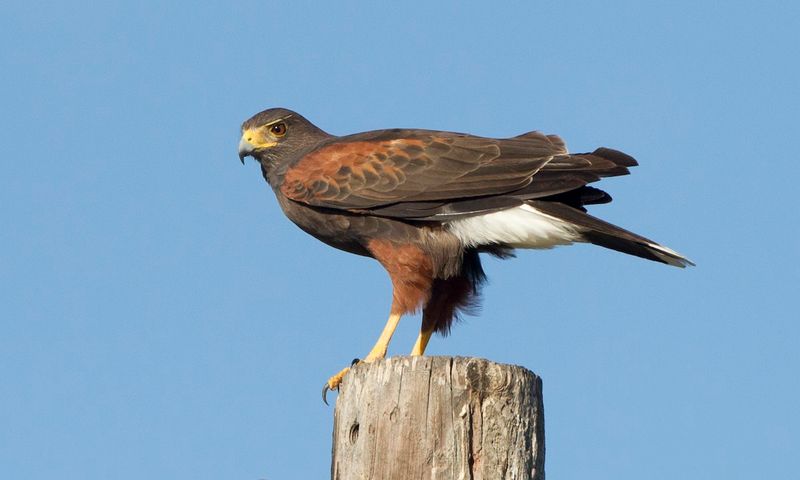
Harris’s Hawks are unique among raptors for their social nature, often hunting in cooperative groups. This teamwork allows them to catch larger prey than they could alone.
They are easily identified by their chestnut shoulders and distinctive white rump patch. These hawks inhabit the open deserts and scrublands of Arizona, where they perch atop cacti and trees to survey their surroundings.
Their impressive hunting skills and social behavior make them a fascinating subject of study. Harris’s Hawks are a perfect example of how cooperation can be a successful strategy in the natural world.
Coyote
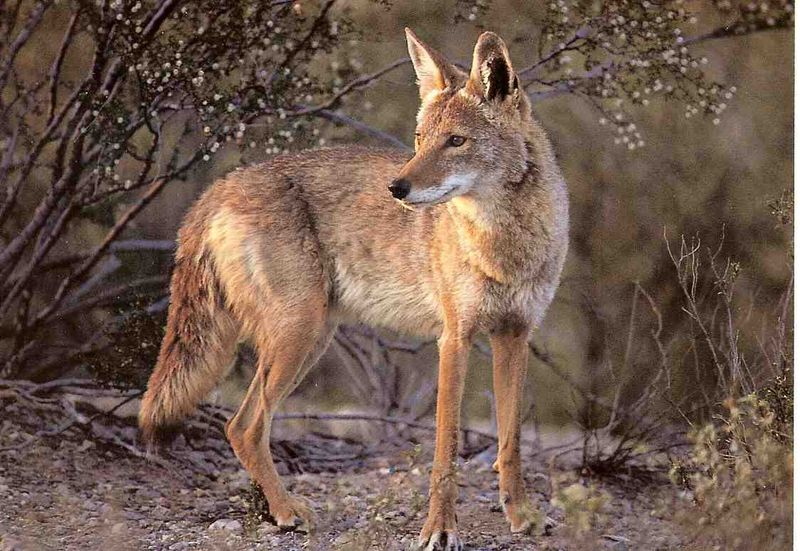
Coyotes are among the most adaptable mammals, thriving in a variety of environments, including the deserts of Arizona. Known for their intelligence and resourcefulness, they are opportunistic feeders, consuming anything from small mammals to fruits.
Coyotes are also known for their distinctive howls, which can often be heard echoing across the desert. They are highly social animals, often seen in pairs or small family groups.
Their adaptability and survival skills have earned them a place as one of the top predators in the desert ecosystem, maintaining the balance of prey populations.
Pallid Bat
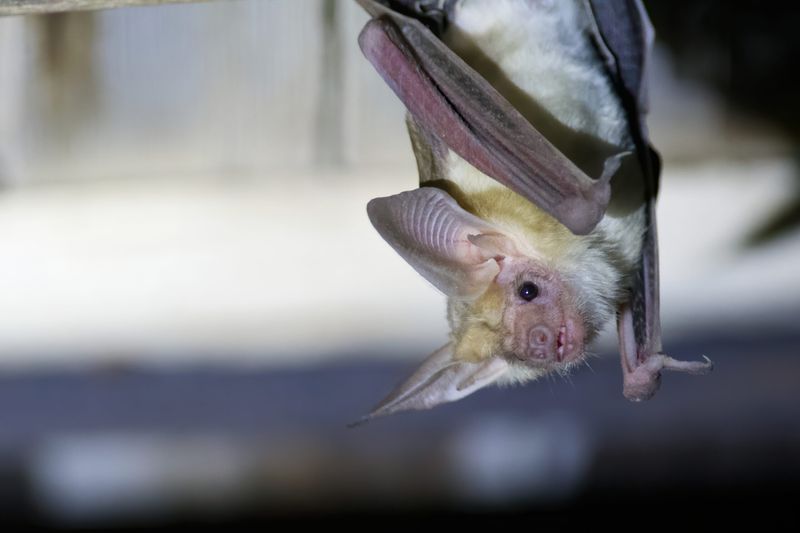
The Pallid Bat is an insectivorous mammal uniquely adapted to desert life. Unlike many bats, pallid bats hunt on the ground, feasting on scorpions and centipedes.
Their large ears aid in detecting prey movements, and their pale fur offers camouflage against the desert’s sandy backdrop. They are nocturnal, avoiding the heat of the day by roosting in caves and crevices.
Pallid Bats are an intriguing part of the desert ecosystem, showcasing unique adaptations that enable them to thrive in harsh conditions. Their role as insect predators helps control pest populations, contributing to ecological balance.
Gambel’s Quail
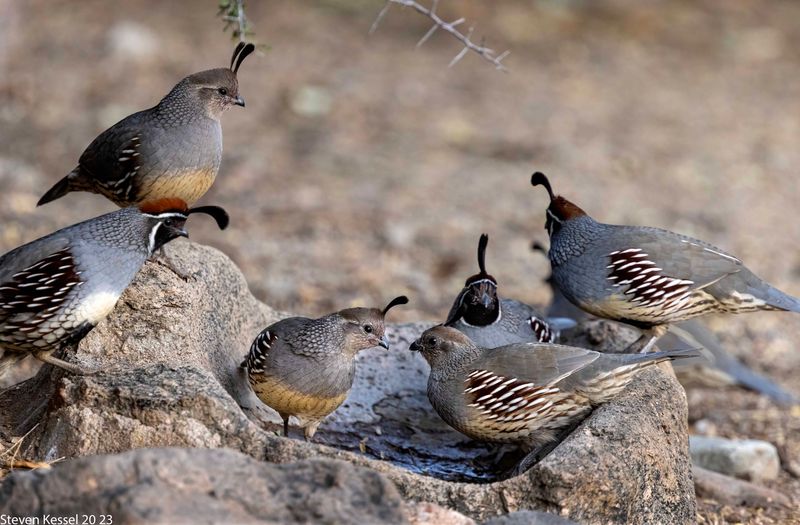
Gambel’s Quail are sociable birds, often seen in groups called coveys. These ground-dwellers feed on seeds and insects, scratching the desert floor to uncover food. They are easily recognized by their distinctive topknot feathers and intricate plumage patterns.
Quail have adapted to the desert environment by being active during cooler times and finding shade during peak heat. Their nesting habits involve building shallow scrapes in the ground, hidden among vegetation.
Gambel’s Quail play a vital role in the desert ecosystem, with their presence indicating a healthy balance of flora and fauna.
Desert Cottontail
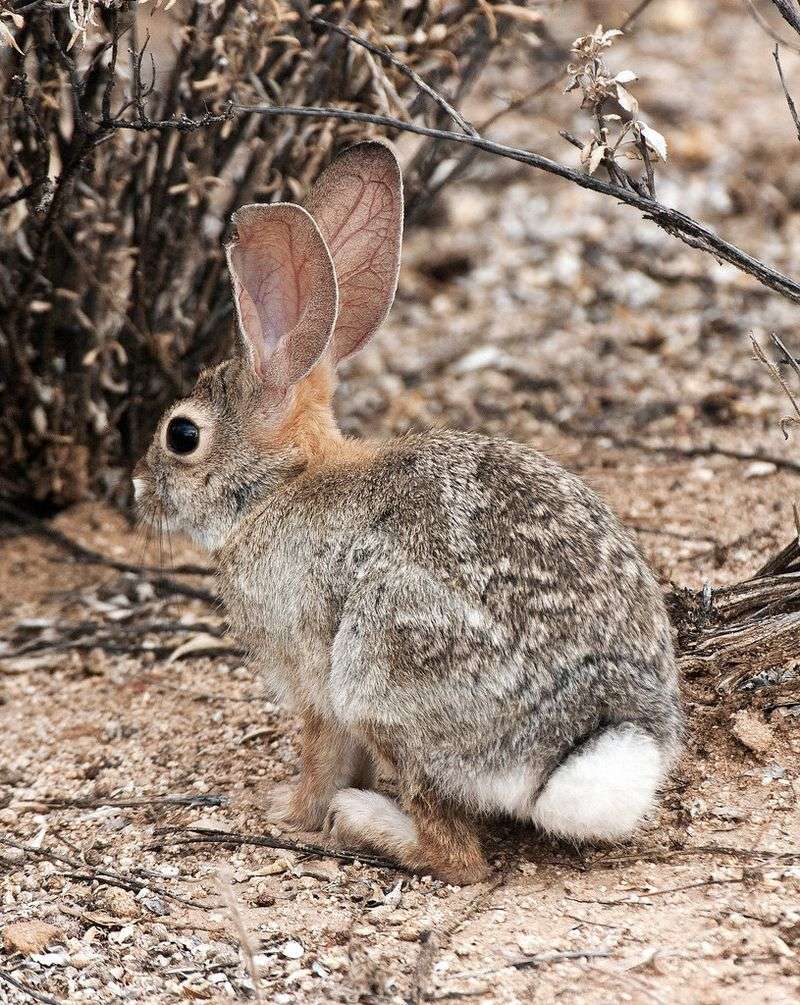
The Desert Cottontail is a common sight in the Arizona desert, known for its distinctive fluffy tail and agile movements. These rabbits are herbivorous, feeding on grasses, leaves, and bark.
Their large ears help regulate body temperature, crucial in the desert heat. Cottontails are crepuscular, active during dawn and dusk to avoid predators. They are prolific breeders, ensuring their survival despite numerous threats.
The Desert Cottontail’s presence is an important part of the food chain, providing sustenance for predators like coyotes and hawks, and illustrating the interconnectedness of the desert ecosystem.
Desert Bighorn Sheep
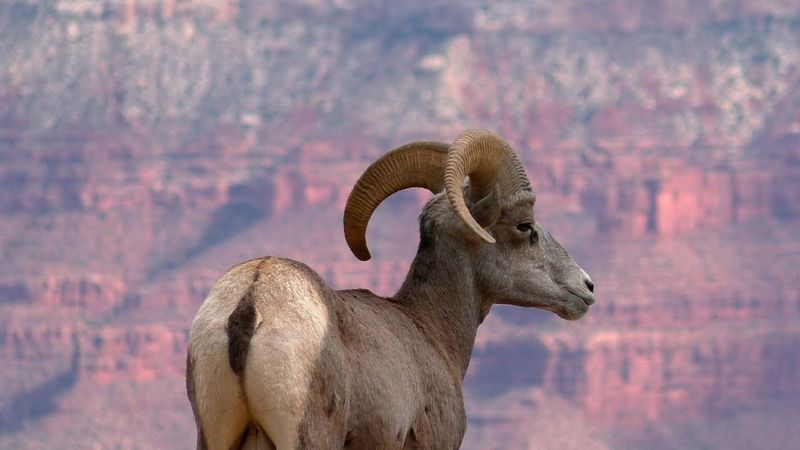
Desert Bighorn Sheep are iconic inhabitants of the Arizona desert, known for their impressive curved horns and agility on rocky terrain. These sheep are well adapted to their harsh environment, capable of going without water for extended periods by deriving moisture from their plant-based diet.
They live in social groups, using their keen eyesight and agility to evade predators. Bighorn Sheep play a crucial role in their ecosystem, helping to maintain vegetation balance by grazing.
Their presence highlights the remarkable adaptations required to thrive in the desert’s rugged landscapes.
Elf Owl
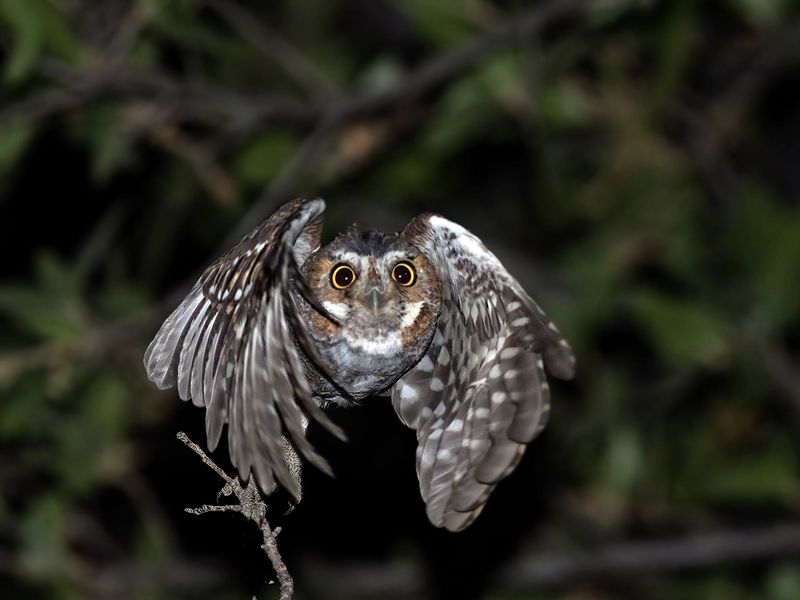
The Elf Owl, the world’s smallest owl, is a charming resident of the Arizona desert. Weighing less than an ounce, these tiny owls nest in abandoned woodpecker holes in saguaro cacti.
They feed on insects and small invertebrates, hunting at night. Despite their size, Elf Owls are fierce predators, using their agility and sharp talons to catch prey. Their calls can be heard echoing through the desert night.
The Elf Owl’s reliance on cacti for nesting highlights the interconnectedness of desert species and the importance of preserving these critical habitats.
Javelina
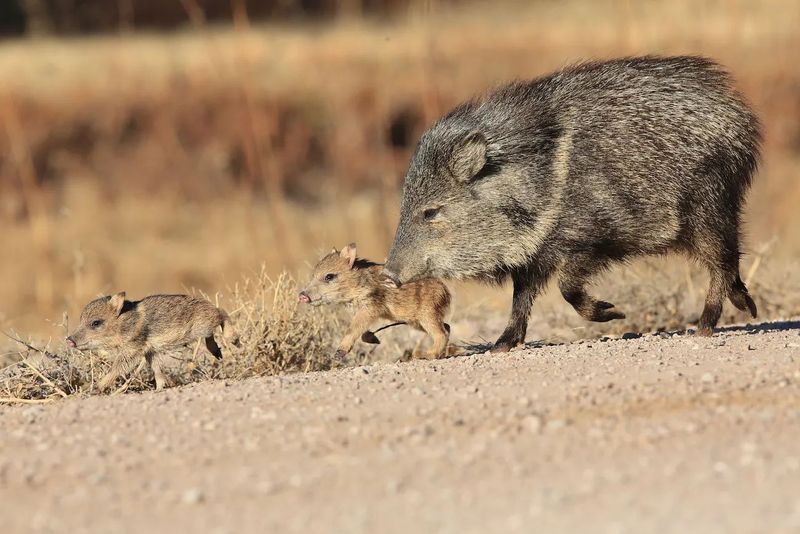
Javelinas, also known as collared peccaries, are social animals often found in groups across the Arizona desert. Despite their pig-like appearance, they are not related to pigs but are more closely related to rodents.
Javelinas have a varied diet, consuming roots, fruits, and cacti, with a particular fondness for prickly pear pads. Their strong social bonds and adaptability make them a prominent part of the desert ecosystem.
They play a significant role in seed dispersal, helping to maintain plant diversity. The presence of Javelinas adds vibrancy and dynamism to the desert landscape.
Common Chuckwalla
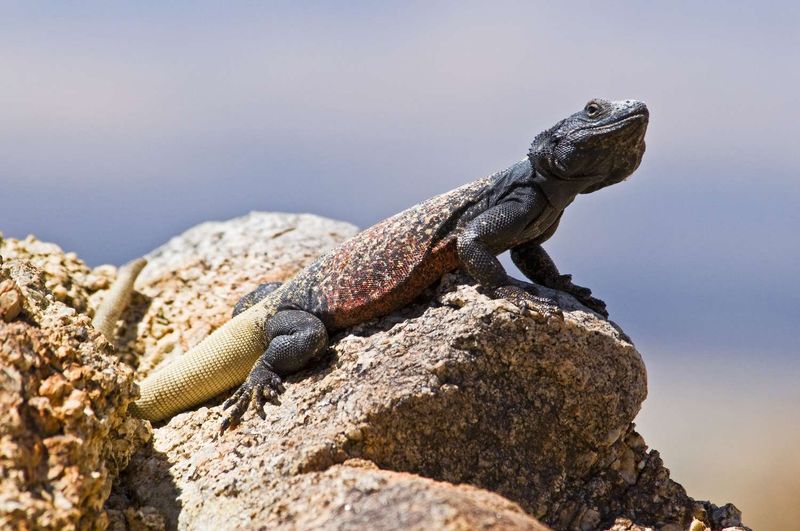
The Common Chuckwalla is a large, herbivorous lizard found in the rocky deserts of Arizona. These reptiles are known for their ability to inflate their bodies, wedging themselves into crevices to avoid predators.
Chuckwallas feed on leaves, fruits, and flowers, playing a role in seed dispersal. They are mostly seen basking in the sun, which is essential for regulating their body temperature.
With their docile nature and distinctive appearance, Chuckwallas contribute to the biodiversity of the desert. Their presence underscores the intricate adaptations and relationships that characterize desert ecosystems.
Arizona Bark Scorpion
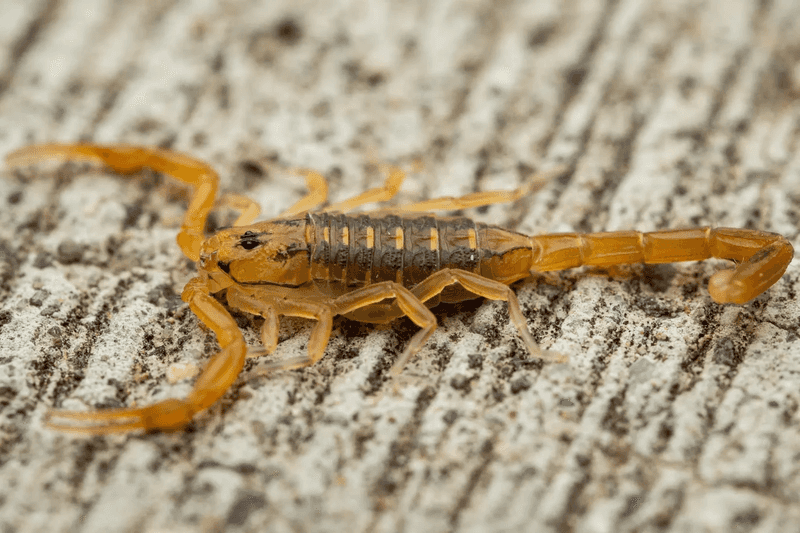
The Arizona Bark Scorpion is notorious for its potent venom, but it plays a crucial role in the desert ecosystem as a predator of insects. These scorpions are nocturnal, avoiding the heat of the day by hiding under rocks or in crevices.
They are most active during the warm months, using their pincers and venom to capture prey. Despite their fearsome reputation, they are a key part of the food web, providing food for birds and mammals.
Their ability to glow under ultraviolet light adds a fascinating dimension to their presence in the desert.
Ringtail
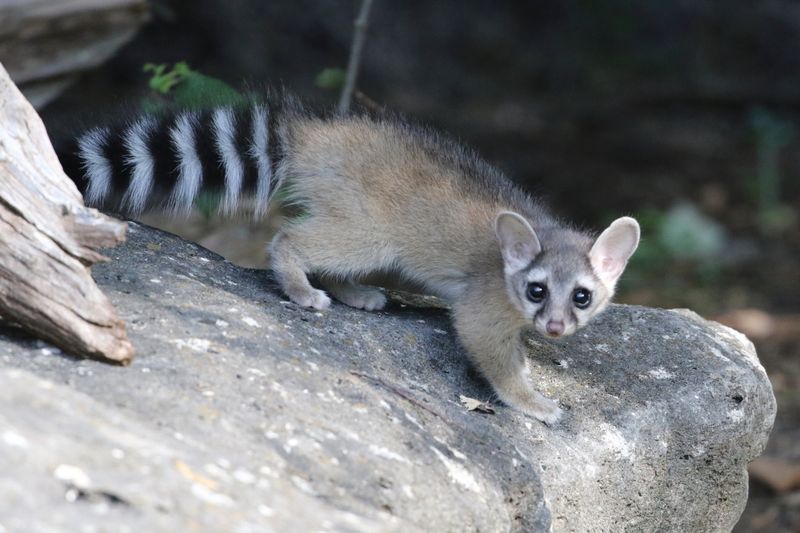
Ringtails, also known as miner’s cats, are agile climbers native to the Arizona desert. They are nocturnal, using their large eyes and keen senses to hunt rodents and insects.
Ringtails have a fox-like face and a long, bushy tail, which aids in balance. These solitary animals are rarely seen but leave signs of their presence through tracks and scat. Ringtails contribute to the control of rodent populations, proving essential in maintaining ecological balance.
Their adaptability to the harsh desert environment showcases the incredible diversity of life that thrives in Arizona’s deserts.
Desert Iguana
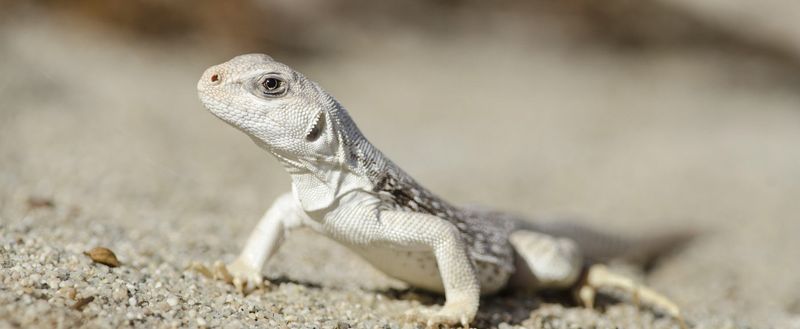
Desert Iguanas are common lizards in the Arizona desert, recognized by their pale, sandy coloration. They are well adapted to high temperatures, often seen basking in the sun to regulate their body temperature.
Desert Iguanas feed on leaves, flowers, and fruits, contributing to plant pollination and seed dispersal. They are swift runners, using their speed to escape predators. Their burrows provide shelter from extreme weather.
The Desert Iguana’s adaptations highlight the intricate balance of survival strategies in desert ecosystems, where each species plays a role in maintaining ecological harmony.
Arizona Blonde Tarantula
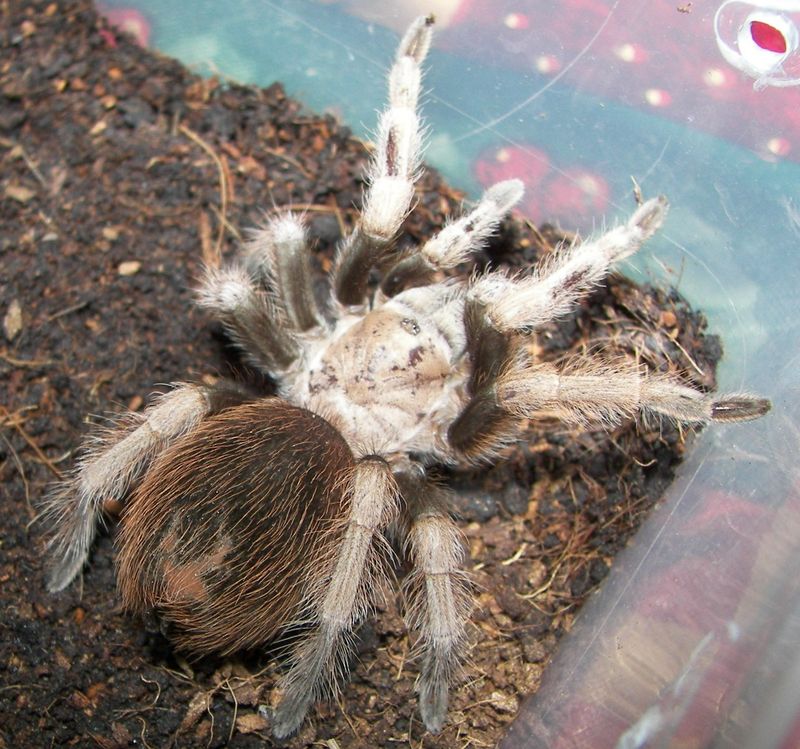
The Arizona Blonde Tarantula is a fascinating arachnid native to the Arizona deserts. Known for its large size and distinctive blonde hair, this tarantula is a gentle giant of the arachnid world, posing little threat to humans.
Primarily nocturnal, these tarantulas spend their days in burrows to escape the desert heat. At night, they emerge to hunt for insects and small invertebrates, using their stealth and strength to capture prey.
Their burrows are often elaborate, providing shelter and maintaining a stable microclimate. This adaptation is crucial for survival in the fluctuating temperatures of the desert. Despite their intimidating appearance, Arizona Blonde Tarantulas are key players in the ecosystem, controlling insect populations and contributing to soil health.
Burrowing Owl
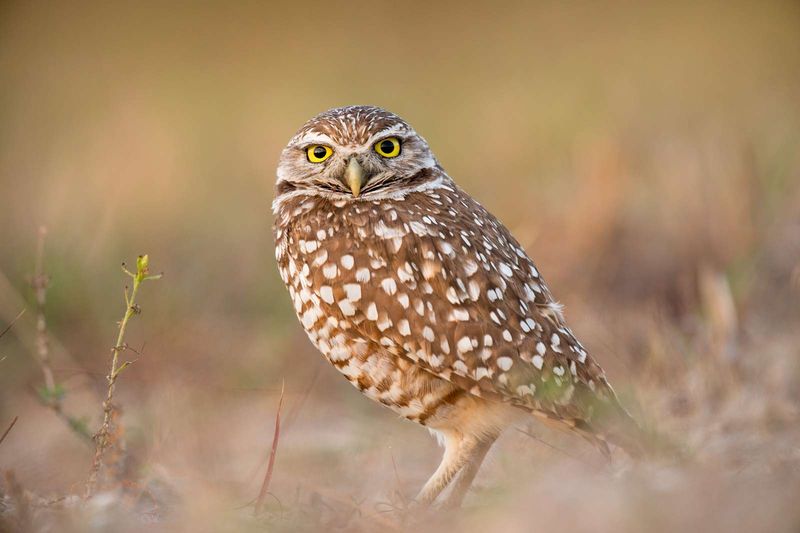
The Burrowing Owl is a unique bird species well-adapted to life in the Arizona deserts. With their long legs and striking yellow eyes, these owls are often seen standing near burrows shared with other desert animals.
Unlike typical owls, Burrowing Owls are active during the day, hunting insects and small mammals. Their diet helps control pest populations, beneficial for the desert ecosystem. These owls are social and often nest in colonies, enhancing their survival through cooperation.
Their choice of nesting sites, usually abandoned burrows, provides protection and a cool refuge from the desert heat. This behavior showcases their adaptability and resourcefulness in a challenging environment.

